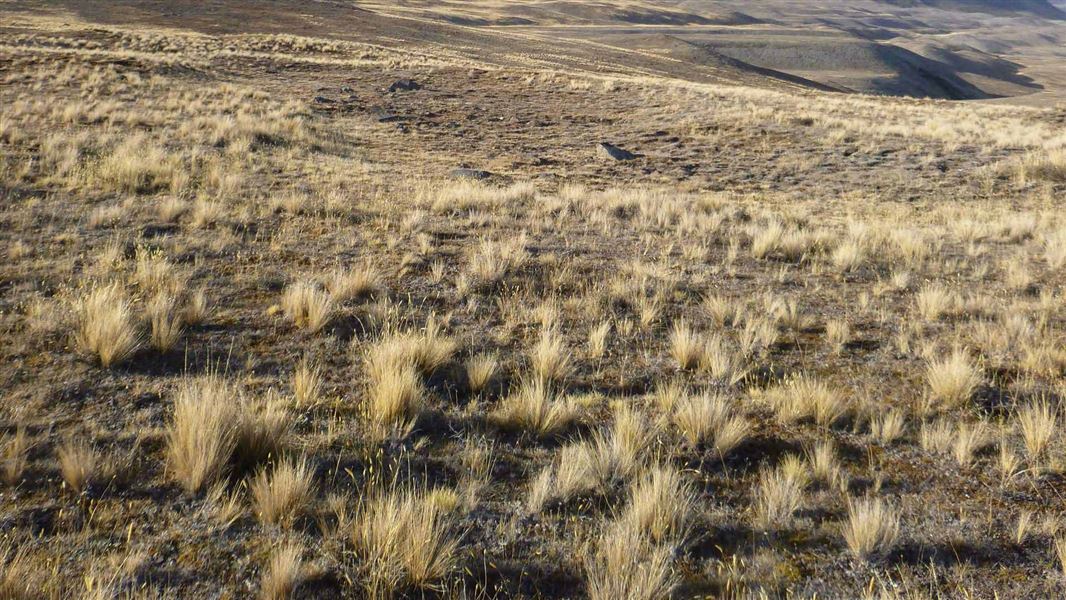What are drylands?
Drylands are areas of naturally low rainfall. They typically are made of shrublands and fescue tussock grasslands. They are precious habitats that cover 19% of New Zealand's land area.
Importance of drylands
Drylands contain about half of New Zealand's most threatened plant species. There is a very high diversity of native herbs, sub-shrubs and grasses. Exotic plants species are often seen such as mouse-ear hawkweed and sweet brier.
The animals in drylands are mostly lizards and invertebrates. Drylands are also important habitats for birds, such as banded dotterels, pipit, black fronted terns.
Drylands have important biodiversity, natural, physical, cultural and recreational values. Drylands might be used for carbon sequestration (carbon capture and storage), as well as soil and water conservation. Previously drylands were used for pasture but more recently for cropping, viticulture, horticulture, dairying, forestry, and lifestyle blocks.
Threats to drylands
There has been an extensive loss of dryland ecosystems to agricultural development. As a result, drylands are New Zealand’s least protected and most threatened ecosystems.
Drylands are vulnerable to invasion by weeds such conifers and Scotch broom. Animal pests such as rabbits also threaten our drylands.
More than 70% of drylands are now lost and only 3% legally protected.
Our role
The protection of rare, threatened and under-protected dryland ecosystems is a national priority for nature conservation (MfE 2007). It is crucial we prevent the loss of our remaining dryland ecosystems.
DOC has an initiative called the Mackenzie Drylands Park. This recognises the national importance of the Mackenzie Basin for its extensive – but unprotected and threatened – dryland ecosystems.
Our work in the Tekapo Scientific Reserve has had great results. It shows that it's possible to restore dryland ecosystems even after intensive pastoral farming.
We, with others, are working to protect our precious drylands and the biodiversity of these habitats.
